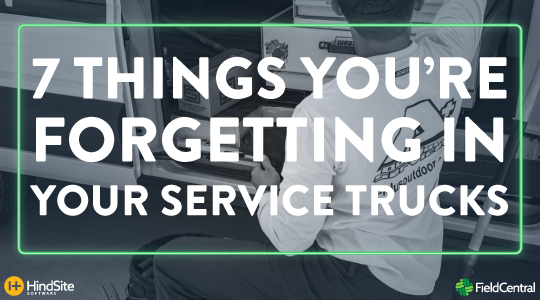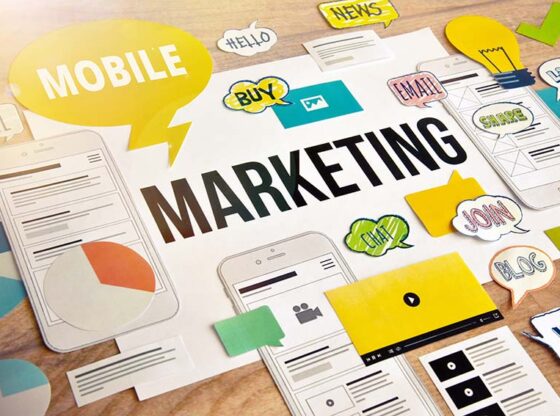Marketing Technologies Used by Landscaping Contractors
In this article series we present the findings of our Annual Technology Survey focused on marketing landscaping. We aim to help you understand and navigate the ever-changing and extremely important world of technology so you can be informed, grow your business, and maximize your results!
Our survey presented 32 questions about different technologies covering all aspects of the landscaping industry. Eighty-one (81) landscaping contractors participated and will receive the full survey report once compiled. This article, second in the series, explores the use of marketing landscaping technology such as Customer Relationship Management (CRM), websites, Google reviews, and email newsletters.
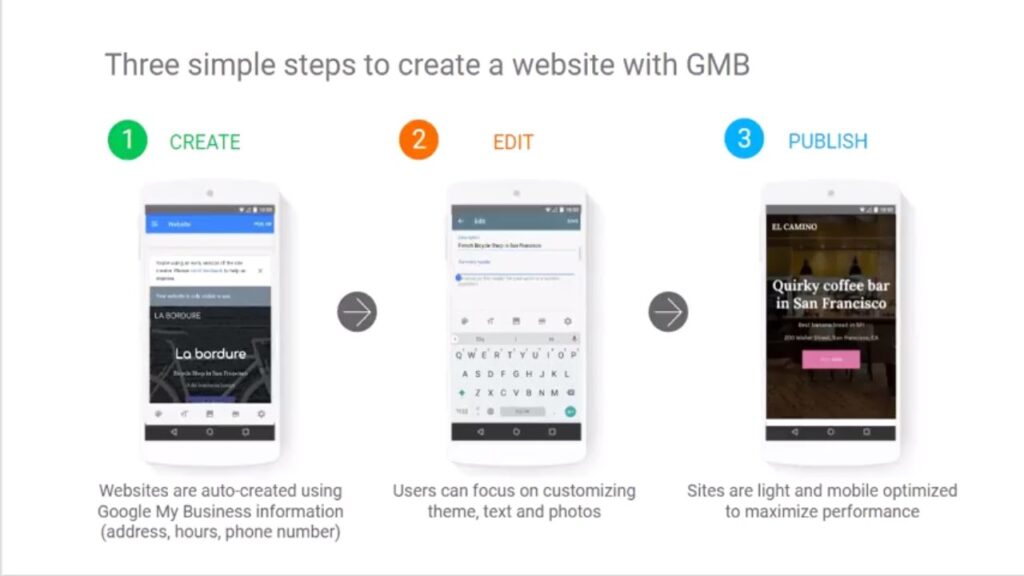
Customer Relationship Management (CRM)
A CRM stores information about your customers for use in servicing their account and for marketing activity. It can be a free-standing software app or be part of a business management program. Before computer software, paper customer records were used, often a file folder filled with correspondence, plans, quotes, invoices, etc. Newsletters were printed and mailed. Now, computer software apps allow for more information to be stored in a way it can be easily retrieved for use.
Our survey shows that 59% use a CRM program and 43% use it daily. CRM programs require attention to keep the information up-to-date and useful. Once in place, a CRM becomes an information hub for all kinds of activity. It is the easy place to find a phone number, email address, or look up what product and services you provided for your customer.
Most contractors realize that updated CRM data is invaluable for marketing landscaping. For example, if you track the type of product and services, that provides a way to segment customers. Segmenting allows for your marketing and sales messages to provide customers with specific product and service information. For example, you can segment customers by ‘lawn irrigation’ or ‘lighting’ or ‘water features’, or by ‘commercial’ vs. ‘residential’.
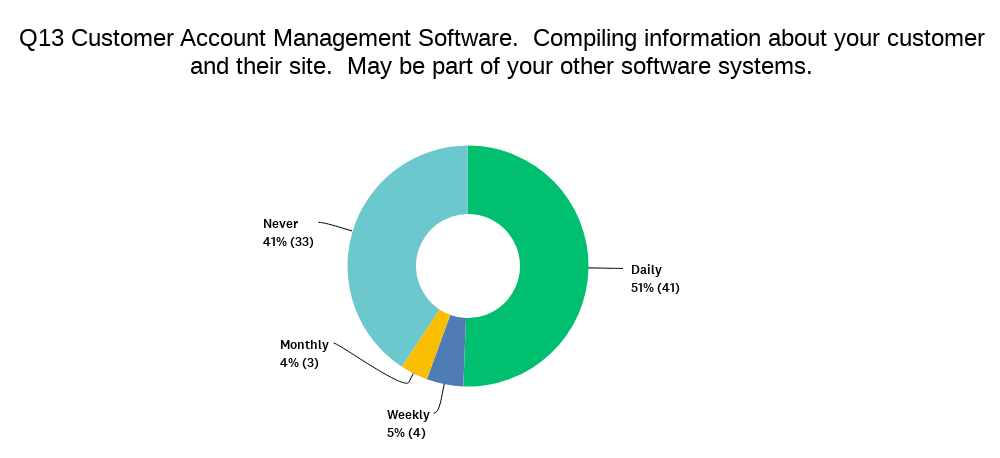
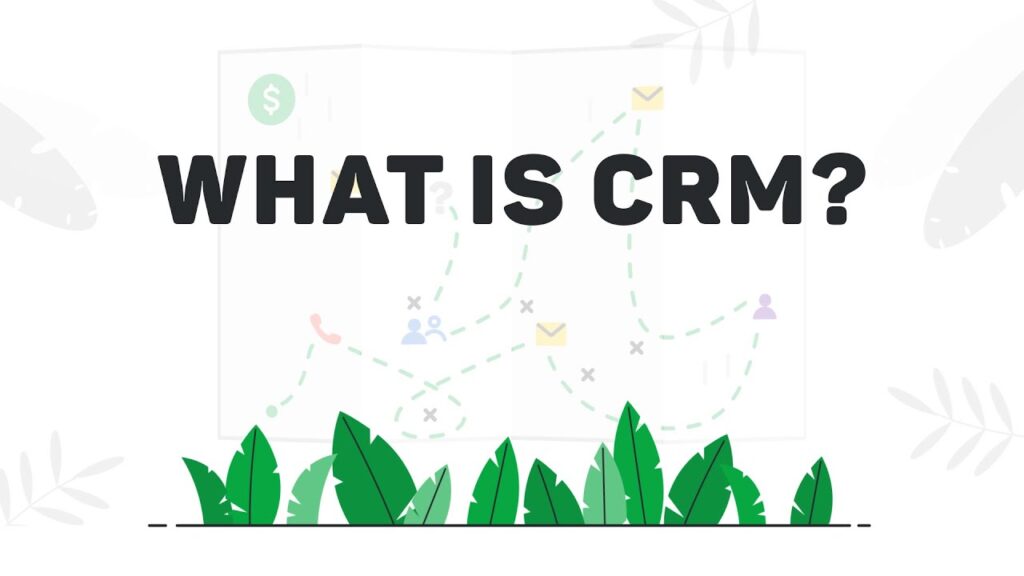
e-News
Newsletters used to be printed and snail-mailed, but now are digitally design and delivered electronically, hence often called e-newsletters or e-News. E-Newsletters can be scheduled or created on an as-needed basis. They are effective and increase your customer support and marketing activity. They are valuable because email is an easy and very affordable way to increase customer contact. Creating good content can be challenging at first, but once you get used to writing articles your antenna will be trained to search for good content.
Our survey shows that 35% of the respondents are currently sending e-newsletters and 30% of those are on a monthly schedule. The remaining respondents often state they do not have the time or don’t know how to create newsletters. Only a small number say they do not see the value. To address the points of time or know-how: you can hire a marketing agency that can manage an e-newsletter for you. They can also provide content creators and promotions; however, you know best what your customers want to know so you ought to be in charge.
A tip: eNews is becoming old school. We all know how many we get every day. Your eNews must contain pertinent information for your customers, so it is worth their time to open and scan it. An open rate of 25-40% is stellar and 15% is considered good. The new trend is text-based communication. It reaches more people and faster and promises to be a good alternative to newsletters.
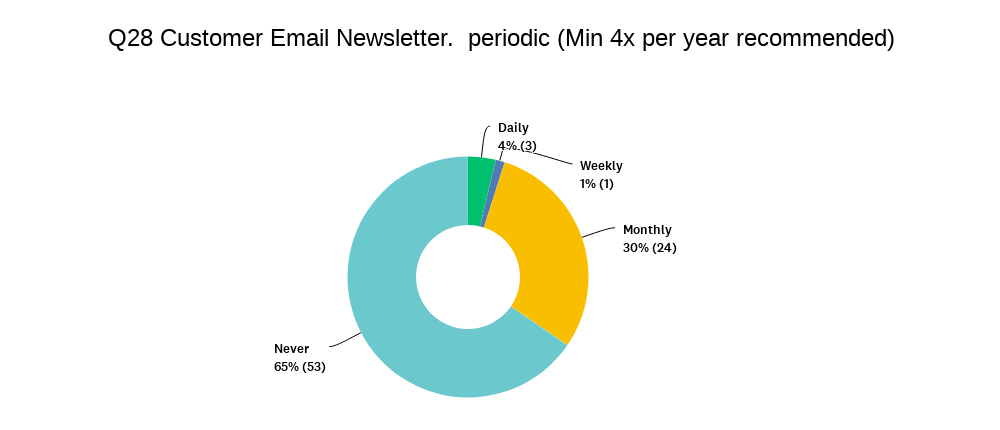
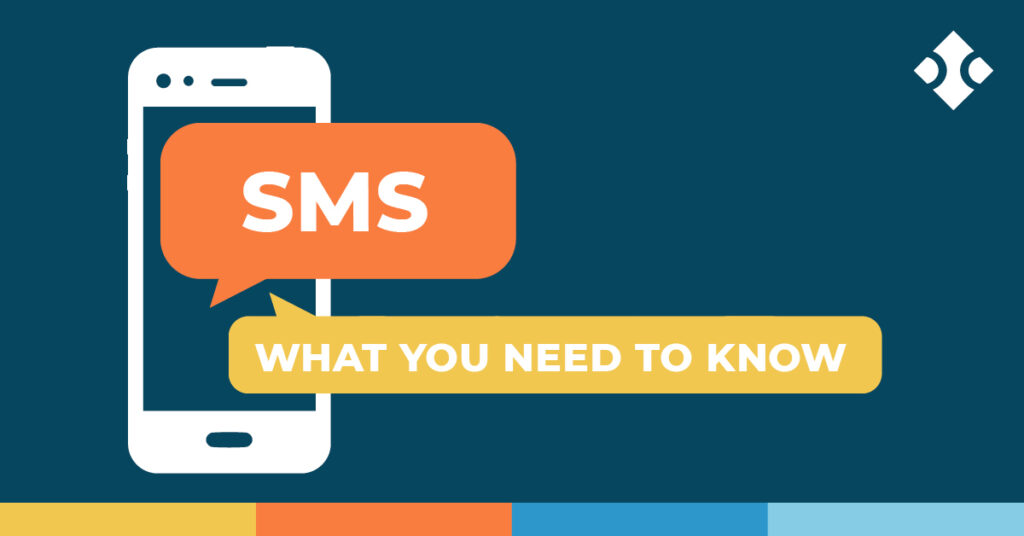
Website
A company website can serve many functions around marketing landscaping. A website can be as simple as an online brochure, but might be as functional to include accounts, invoice look-up, bill pay, scheduling sales or service calls, up-to-date job status, and other self-service functions. Given today’s online focus, having a website is almost an ante to play the game of business.
It is then no surprise to see that 68% of our respondents have a web site; 42% update their site monthly and 21% are updating daily! Websites need updating so they provide current information and stay fresh. Customers will stop visiting if nothing ever changes.
We strongly suggest that you as a landscaper maintain at least a basic brochure website. It provides your customers a place to find contact information, the services you provide, and news about your company. It can be rightly argued that older contractors catering to an established elderly customer-base can get by without a web site, however contractors who intend to be in business 10 years from now will need to have a website.
It can be as simple as a free website with Google My Business. You can find instructions on YouTube, or read our eCommerce article series for step-by-step explanations about websites, social media, Google, and eCommerce.
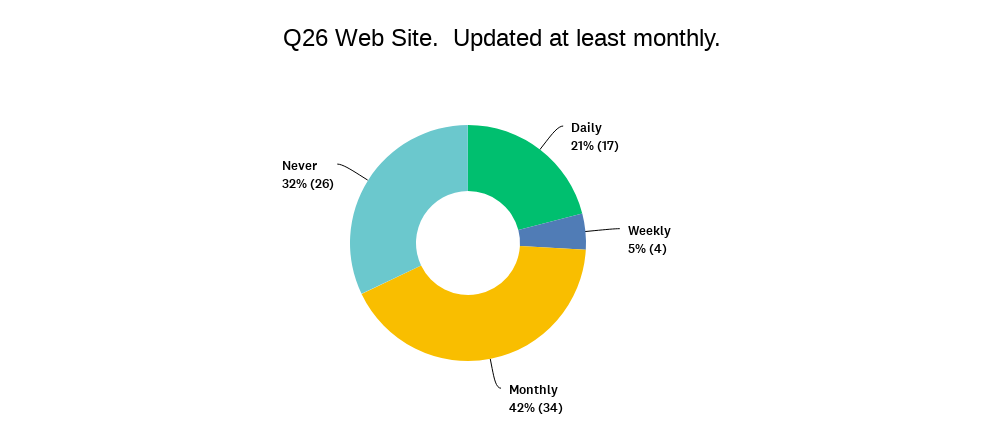

Google Reviews (Google My Business)
The most important reviews can be found on Google, or more specifically: Google My Business, which is the business info you see in the sidebar on the search result page, or on Google Maps. Most consumers use Google search and maps to find a contractor, which uses Google My Business, websites, and social media to rank results. This is the best free advertising you can get.
Our survey shows that 45% of respondents actively work to get reviews, and even 15% said they do something daily to gain new reviews.
We recommend that you focus on gaining Google reviews, and aim for having 100 reviews showing. Ask your customer to leave a review at the time of service. You can automate by sending an email to your customer asking for a review right after service. There are even subscription programs that help make that easy for you. They simplify the process for your staff to text or email a request for review to your customers. Customers can click on the link which takes them directly to leave a review on your Google My Business Page. And again, a Marketing agency can help you with setting this up and managing your Google reviews.
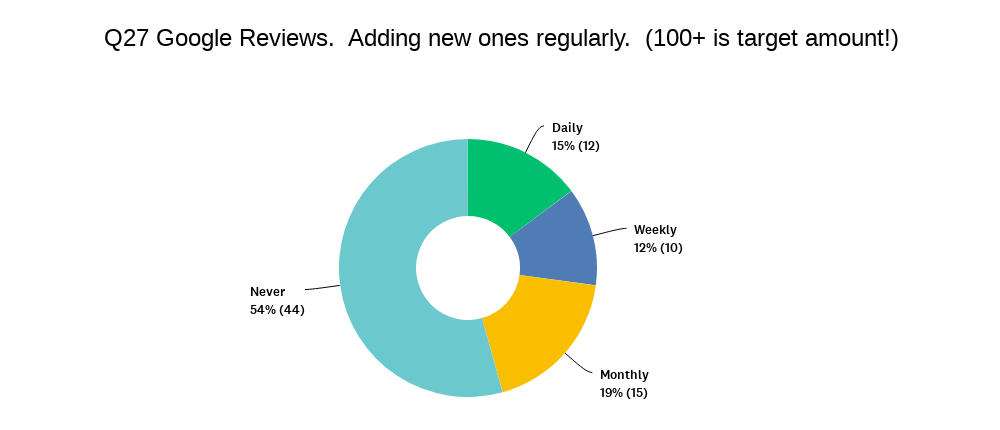
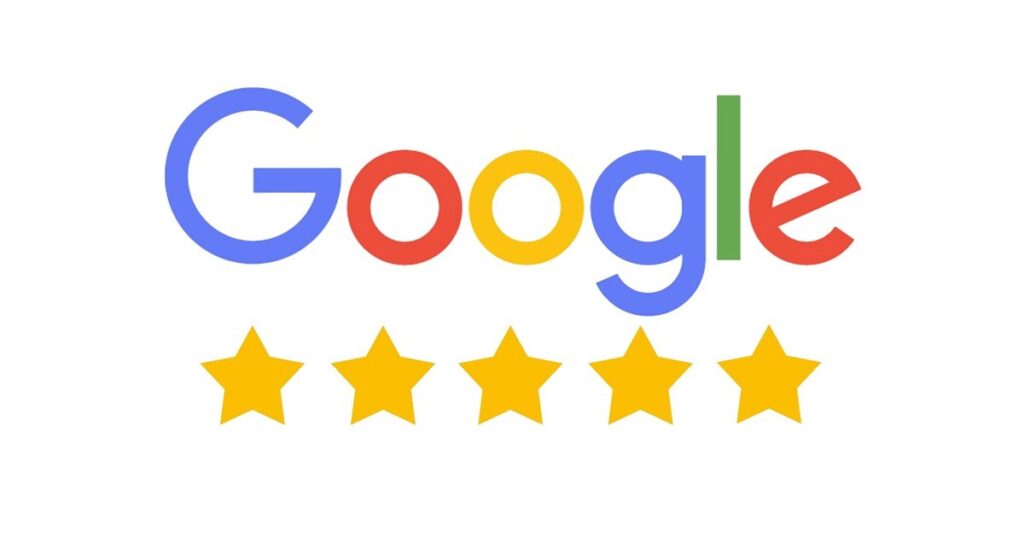
Read the first article in the series: Business Technologies Used by Landscaping Contractors (Part 1)



